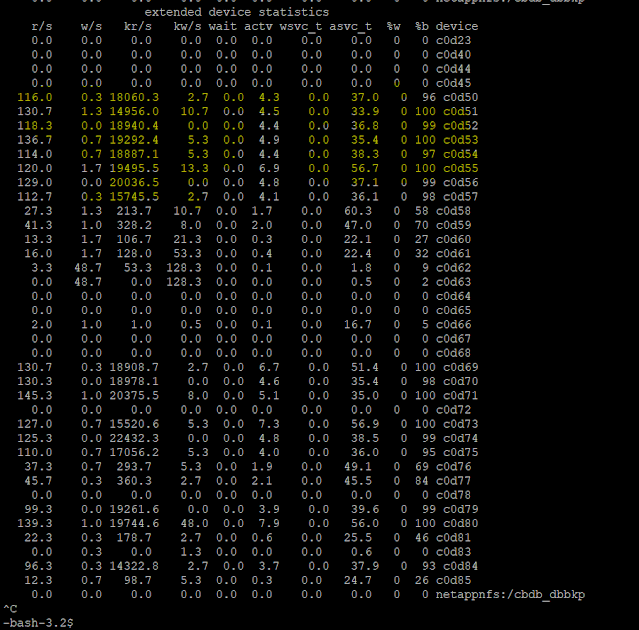MySQL int max value
What is MySQL int max value? MySQL int max value is 2147483647 when signed and of 4294967295 when unsigned. Although rare, there are situations where auto increment columns does reach MySQL int 11 max value specially when signed. Comparison of MySQL int data types and there max values MySQL provide five int data types, TINYINT - 1 byte - max 127 signed and 255 unsigned SMALLINT - 2 bytes - max 32767 signed and 65535 unsigned MEDIUMINT - 3 bytes - max 8388607 signed and 16777215 unsigned INT (11) - 4 bytes - max 2147483647 signed and 4294967295 unsigned BIGINT - 8 bytes - max 2 63 - 1 and 2 64 - 1 unsigned First three int types can be used when the highest value is predictable, else it is always safe to go for MySQL int 11 or bigint. Bigint does provide huge limit advantage over int 11 , compromising the fixed storage space usage of 2 times (8 bytes compared to 4 bytes) which can cause access overheads as well. Script to identify auto increment columns reaching MySQL max int va
